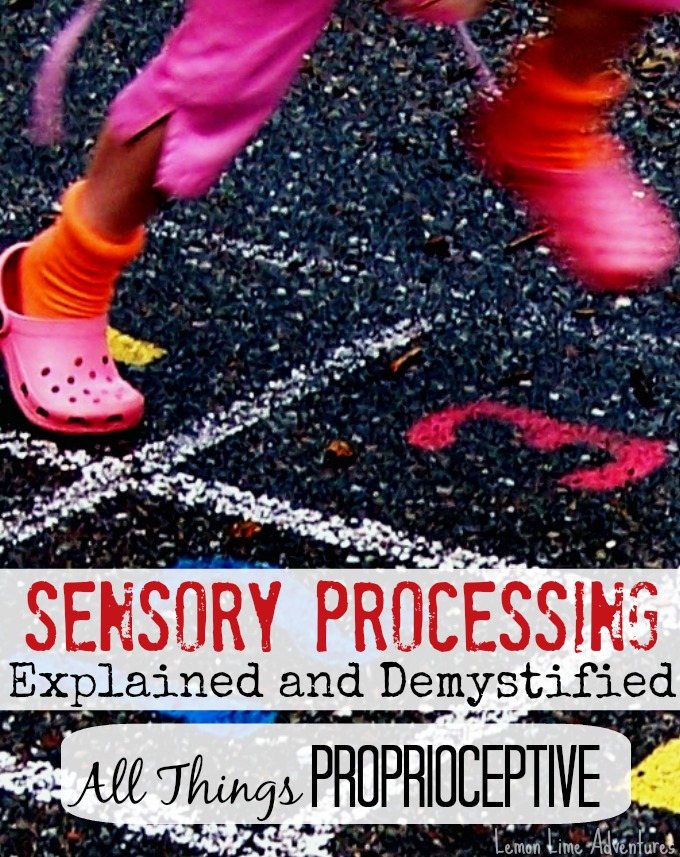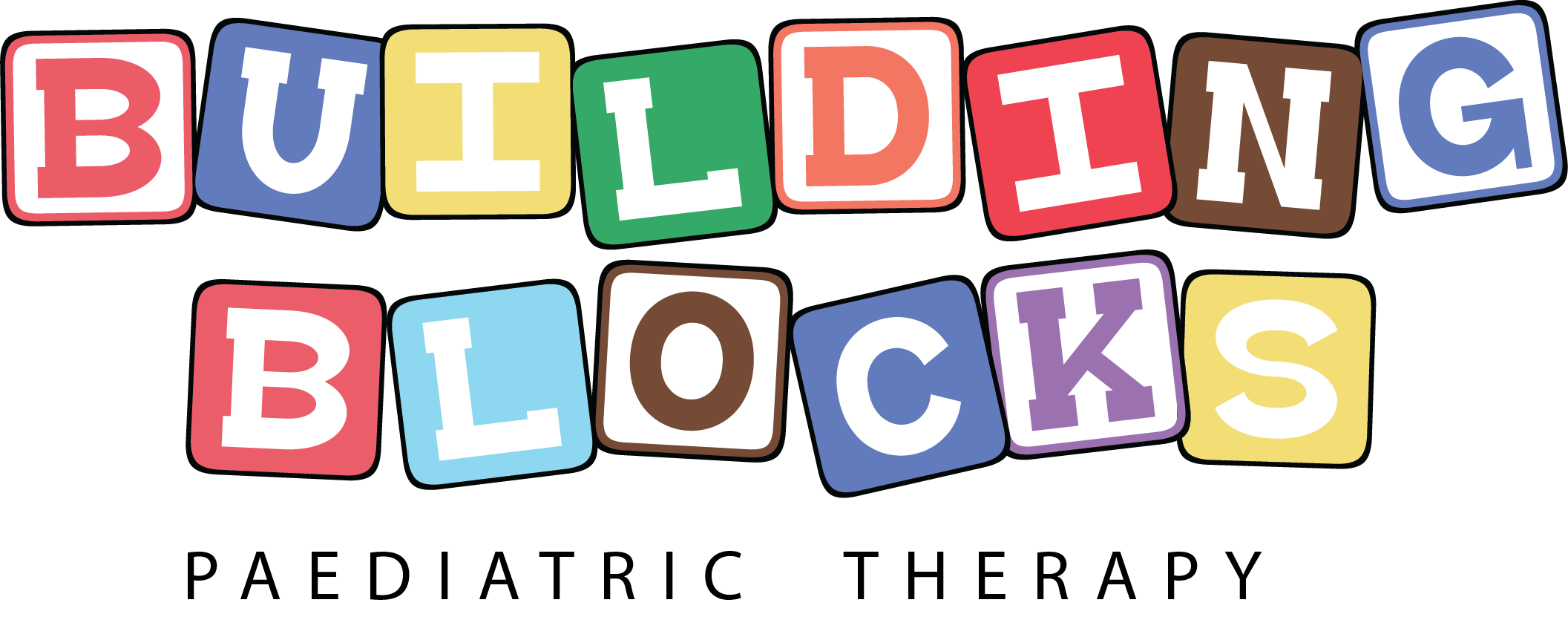
Proprioceptive Input: Sensory Processing Explained
Post reference: http://lemonlimeadventures.com/proprioceptive-input-sensory-processing-explained/
Who knew there were more than 5 senses? I know I didn’t, until recently. Unfortunately, many of us are only taught the most common 5 because the other two are supposed to be so automated that we shouldn’t have to think about them. That is why I am excited to join with my friends at The Inspired Treehouse, a group of pediatric physical and occupational therapists, to bring you this series on all things Sensory Processing. This month we are talking about Proprioceptive Input and its importance for growth and development in kids.
{THIS POST MAY CONTAIN AFFILIATE LINKS TO MATERIALS I RECOMMEND. ANYTHING YOU PURCHASE THROUGH THESE LINKS HELPS SUPPORT LEMON LIME ADVENTURES. THANK YOU IN ADVANCE FOR CHOOSING TO SUPPORT US.}
Just like last month, I will attempt to explain an aspect of Sensory Processing from my perspective. I will not attempt to use medical terms, explain what I don’t understand myself, or pretend to be an expert. My good friends, at The Inspired Treehouse, will bring you their take on the same topic, giving you a better understanding of Sensory Processing.
REMEMBER:
I am not a therapist or a doctor.
I am, simply, a mom raising a child with sensory needs.
I am, simply, an educator who taught in Early Childhood Education for 12 years.
I am, simply, just like you.
Proprioceptive. Proprioception…. Both of these words just tie my tongue trying to say them. I’ve been dreading and excited about this edition in our series on Sensory Processing since the beginning. From the day I learned about proprioceptive input and to this day, I still slow down just to make sure I am saying it right. Then, I send a quick glance over to someone that knows what they are talking about, just to make sure I got it right.
If I had to define the Proprioceptive System without using medical terms, I would define it as our body’s ability to sense where we are in relationship to our surroundings.
Think twister, simon says, or even hop-scotch. All of these classic games require us to use our body’s sense of awareness to interpret the world around us. Pushing, pulling, stomping, squeezing, jumping, bending. All of these things have one thing in common…
Body Position
Without our proprioceptive system, we are unable to know where different parts of our body are without looking. I bet right now, you could close your eyes and still touch your finger to the tip of your nose, right? Yep. That is because of your proprioceptive system. This system is responsible for helping us move through space and move our body effectively.
Anytime you climb stairs, run down the street, carry a load of laundry, sit, stand, bend or stretch, you are using your proprioceptive system. If I have learned on thing about proprioception, it is that our body receives information for this sense through our muscles and joints effecting our self awareness, emotional security and our ability to feel safe and secure in our surroundings.
If you are like me, you are wondering what this all means. What does this look like and why is it important?
As I mentioned before, Proprioception is all about body position. All children require this awareness and input for proper development. The problem occurs when a child is either over or under responsive to receiving information from this system.
As an educator, I vividly remember my first encounter with a little boy who would reach his hands out as far as he could beside him, run through the classroom, and hit everything and everyone in his path. He looked like an airplane with his wings stretched wide, coming in for a crash landing. Then there was the little girl who would bite and hit anyone she sat next to in circle time no matter what tactics and methods we tried. Little did I know at the time, these little bitties were screaming for help. They were telling me that they needed proprioceptive input!
On the flip side, I had those students. THOSE STUDENTS. The ones that NEVER wanted to do anything with the group. They NEVER wanted to be touched. They disliked almost any activity. In fact, when we would go to the playground… they would LAY DOWN. Who does that? What kid wants to lay down at the playground.
You know what word people would use to describe those kids… yeah, its ugly, but its used all the time… LAZY.
Sadly, no one knew (including me) those kids’ brains were telling them to avoid input that would be too much work for their muscles and joints. Their brain was trying to protect them and no one knew.
In my home, as a mom, this looks a lot like the first story of my classroom except it just wasn’t so obvious. I thought my son was “Bad”, “naughty”, and any other word that might fall in that category. I used to wonder “What am I doing wrong?”
You know how little boys LOVE to wrestle and rough house? Well, in my house this can’t happen. The minute we begin to tickle, wrestle, or goof around… someone gets hurt. Seriously HURT! Legoman has no gauge. He can not stop at a reasonable level and resist the urge to push, pull, hit or grab. He takes it too far.
Then there’s the chewing. OH! The chewing. While I know most of us associate chewing as an “oral” behavior, I have learned how closely related this is to the proprioceptive system. Legoman has successfully chewed his entire bedpost to shreds, broken all the pencils in the house (With his teeth), and even chewed off his brother’s nails.
I could write on and on about this system. While I know they are all interconnected… this is the area we see the most outward appearances in our home. I will leave you with this… until Legoman was 7 years old, he NEVER hugged me. NEVER! He would push on me, bury his head on me, but NEVER hug me. It was not until we began occupational therapy, chiropractic care, and other things that he began to actually want to be hugged and cuddled.
Remember, Sensory Processing is Complex. It is different for every child, because every child is unique. The problems arise when a child either seeks or avoids proprioceptive input. For your convenience, I have compiled a Proprioception cheat sheet listing behaviors you might see if your child is with avoiding or seeking this type of input.
Now its time to hop over to my good friends at The Inspired Treehouse, where they are sharing their tips as Pediatric therapists to explain Proprioception and why they it is important to the growth and development of all children.
I love this video from Brain Highways on Proprioception. It provides such a clear visual for what is happening to he body when this system is not regulated or is out of sync.









No Comments